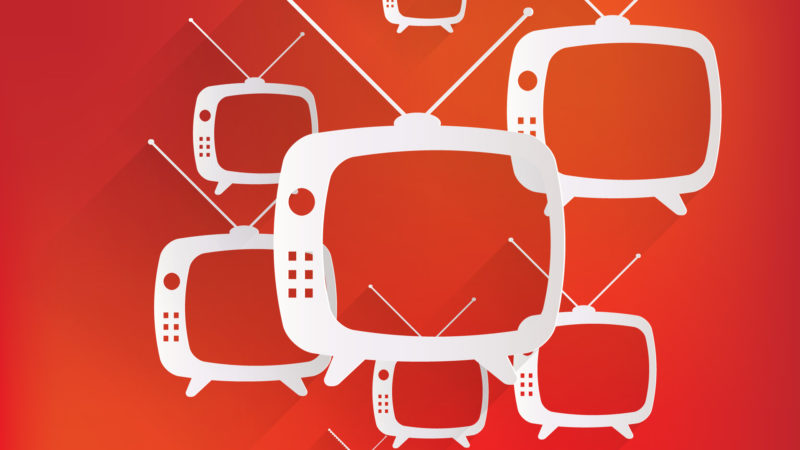Why True Programmatic TV Isn’t Coming Just Yet
Programmatic ad buying is coming to television, but don't count on it arriving anytime soon. Columnist Alex LePage explains why.
Considering how quickly programmatic ad buying has changed online advertising, it’s perhaps not surprising that some are already predicting that it will soon disrupt TV advertising as well.
To be sure, “programmatic” will one day gain a big foothold in TV, and, when it does, both brands and consumers will benefit from the better targeting and improved efficiency.
But, for two very fundamental reasons, truly programmatic ads on TV are still quite a ways off. TV, as we know it, isn’t nearly as close to collapse as some people think. And, contrary to what is sometimes reported, the infrastructure for full-fledged programmatic ads on TV simply doesn’t exist at this time.
TV As We Know It Isn’t Going Away Anytime Soon
For the more digital savvy, it’s not hard to imagine today’s TV model disappearing altogether in the not-so-distant future. The combination of set-top boxes and streaming services has made sitting down to watch a particular show at a certain time feel almost old-fashioned to many of us.
And there’s little question that TV is on the decline. With HBO GO and CBS both beginning to offer digital subscriptions directly to consumers, it’s becoming easier and easier to bypass the distributors that have been calling the shots for so long.
But we shouldn’t get ahead of ourselves. TV is going to be around for a while. For one thing, the people who are creating content for TV aren’t particularly anxious for the current system to disappear. Cable companies pay enormous sums to networks to include them in their bundles.
And while there have been plenty of skirmishes between cable networks and the cable companies, at the end of the day, the cable companies will keep paying because they’re still making enormous sums on the bundling of phone, Internet and TV offerings. Indeed, the broadband that is bundled with cable TV is especially profitable for the distributors, meaning that the Internet, ironically, is helping to keep the old TV model alive.
Put another way, the TV industry as we know it isn’t quite broken. A lot of people are still making a lot of money, and these stakeholders will fight hard to keep the current structure in place, even as Netflix, Amazon and all the others continue to build their alternative models.
Programmatic TV Isn’t Ready For Prime Time
It’s easy enough to understand why so many people are excited about programmatic ads on TV. Programmatic makes advertising more effective, and the billions of dollars spent each year on TV ads hold the promise of massive gains for the industry. Alas, at the moment, some big technical hurdles still need to be cleared before truly programmatic TV can go mainstream.
For one thing, other than perhaps Oreo ads, there are no cookies when it comes to TV. That means that while better data can be used for targeting, the targeting can’t take place in real time.
Moreover, TV advertising, at least as it is currently structured, has far too many manual elements to make anything close to a truly automated workflow possible. And while smart TVs and set-top boxes are beginning to make it possible to gather data on consumers, the scale just isn’t there yet. As eMarketer recently noted, “advertising options available through these devices are limited in general — let alone in programmatic.”
Still, if we should be wary of too much hype, we should also leave room for cautious optimism. More programmatic inventory through set-top devices and smart TVs are predicted for the year ahead.
It’s a small step for programmatic TV, but also another reminder that the day will come when ads on TV screens are targeted to the right people. Just don’t expect that day to arrive anytime soon. Programmatic TV is coming, but there’s a long way to go.
Opinions expressed in this article are those of the guest author and not necessarily MarTech. Staff authors are listed here.
Related stories
